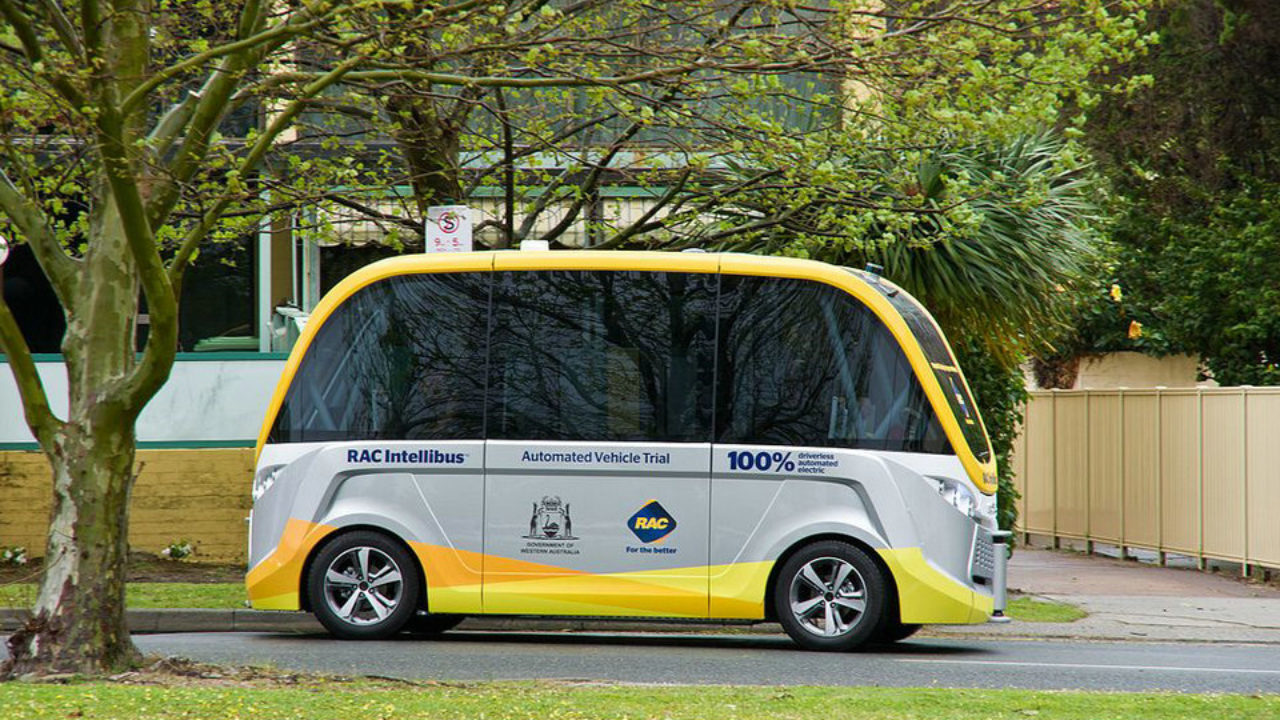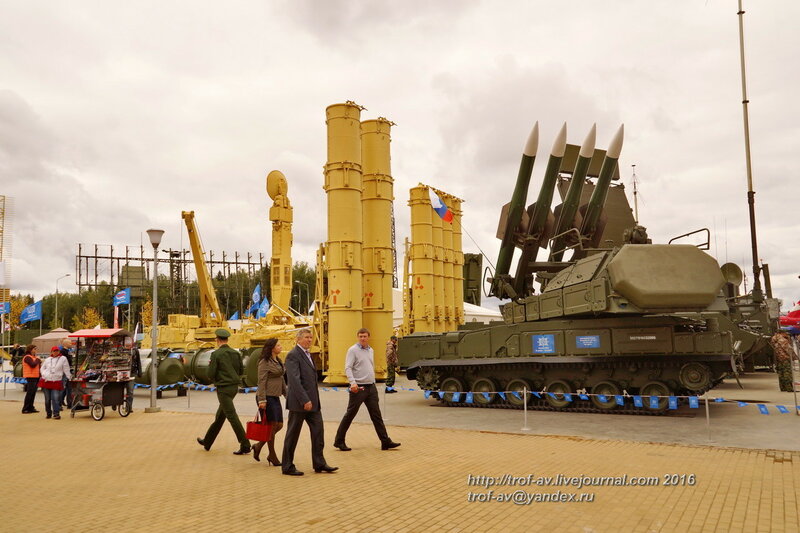
Russian unmanned ground vehicles Part I. Unarmed vehicles
Robot Uran-6 during a demonstration of overcoming a minefield.
In addition to images straight from science fiction films, where humanoid robots fight with each other and with people, like shooters from the Wild West, on the example of the iconic Terminator, robots today find many military applications. However, although Western achievements in this area are well known, the fact that similar programs are being carried out by Russian manufacturers and the Armed Forces of the Russian Federation, as well as the Russian security and public order services, has so far remained in the shadows. shadow.
The first to find practical use were unmanned aerial vehicles, or rather rocket aircraft, which gradually more and more deserved the name of robots. For example, the Fieseler Fi-103 cruise missile, that is, the famous V-1 flying bomb, was a simple robot. He did not have a pilot, did not require control from the ground after takeoff, he controlled the direction and altitude of the flight, and after entering the programmed area, he initiated the attack. Over time, long, monotonous and risky missions have become the prerogative of unmanned aerial vehicles. Basically, these were reconnaissance and patrol flights. When they were carried out over enemy territory, it was extremely important to eliminate the risk of death or capture of the crew of the downed aircraft. Also contributing to the growing interest in flying robots are the rapidly rising cost of pilot training and the increasing difficulty in recruiting suitably qualified candidates.
Then came unmanned aerial vehicles. In addition to tasks similar to unmanned aerial vehicles, they had to pursue two specific goals: the detection and destruction of mines and the detection of submarines.
The use of unmanned vehicles
Contrary to appearances, the range of tasks that combat unmanned vehicles can solve is even wider than that of flying and floating robots (not counting the detection of submarines). Logistics is also included in patrol, reconnaissance and combat missions. At the same time, the robotization of ground operations is undoubtedly the most difficult. Firstly, the environment in which such robots operate is the most diverse and most strongly affects their mobility. Observation of the environment is the most difficult, and the field of view is the most limited. In a fairly commonly used remote control mode, the problem is the limited range of observation of the robot from the operator's seat, and in addition, difficulties with communication over long distances.
Unmanned vehicles can operate in three modes. Remote control is the simplest when the operator observes the vehicle or terrain through the vehicle and issues all the necessary commands. The second mode is semi-automatic operation, when the vehicle moves and works according to a given program, and in case of difficulties with its implementation or the occurrence of certain circumstances, it contacts the operator and awaits his decision. In such a situation, it is not necessary to switch to remote control, the operator's intervention can be reduced to the selection / approval of the appropriate operating mode. The most advanced is autonomous operation, when the robot performs a task without contact with the operator. This can be a fairly simple action, such as moving along a given route, collecting specific information, and returning to the starting point. On the other hand, there are very difficult tasks, for example, achieving a specific goal without specifying an action plan. Then the robot itself chooses a route, reacts to unexpected threats, etc.

